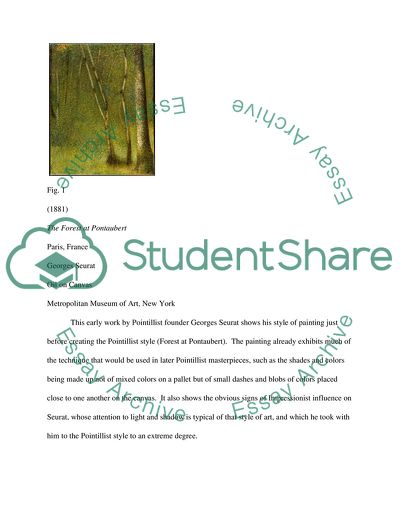Cite this document
(Pointillist Art Timeline Speech or Presentation Example | Topics and Well Written Essays - 1250 words, n.d.)
Pointillist Art Timeline Speech or Presentation Example | Topics and Well Written Essays - 1250 words. https://studentshare.org/visual-arts-film-studies/1745640-art-timeline
Pointillist Art Timeline Speech or Presentation Example | Topics and Well Written Essays - 1250 words. https://studentshare.org/visual-arts-film-studies/1745640-art-timeline
(Pointillist Art Timeline Speech or Presentation Example | Topics and Well Written Essays - 1250 Words)
Pointillist Art Timeline Speech or Presentation Example | Topics and Well Written Essays - 1250 Words. https://studentshare.org/visual-arts-film-studies/1745640-art-timeline.
Pointillist Art Timeline Speech or Presentation Example | Topics and Well Written Essays - 1250 Words. https://studentshare.org/visual-arts-film-studies/1745640-art-timeline.
“Pointillist Art Timeline Speech or Presentation Example | Topics and Well Written Essays - 1250 Words”. https://studentshare.org/visual-arts-film-studies/1745640-art-timeline.


